by GaryG
In 2019, I attended a watch event on the United States West Coast that, among other things, featured a “collectors’ panel” of folks talking about their watch assortments and interests.
The star of the show was a young enthusiast whose name I didn’t know, but who seemed to be very well known and admired by the audience made up largely of younger collectors (of course, at this point, the term “younger” applies to the majority of enthusiasts and collectors wherever I go!).
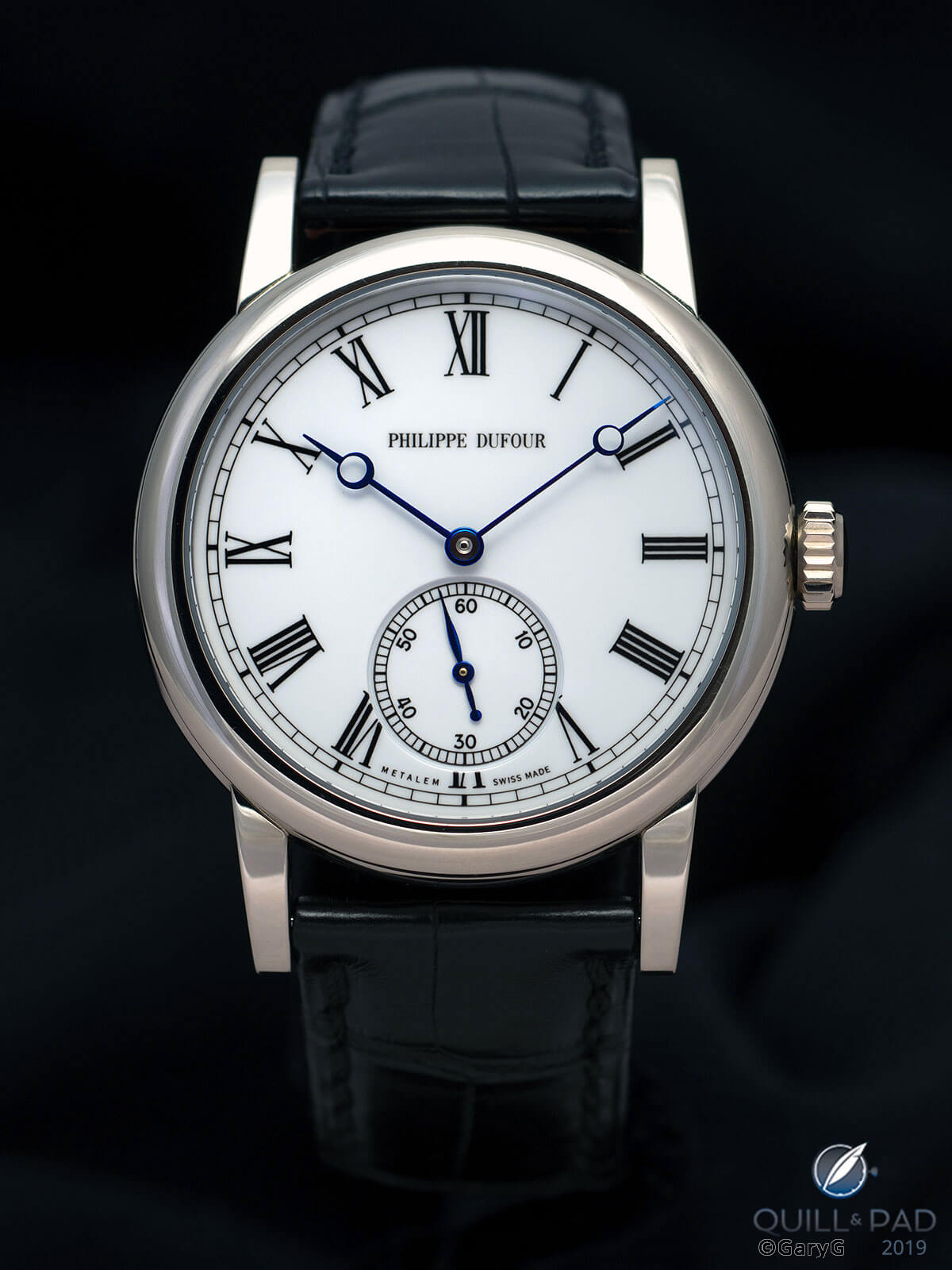
The author’s concept of a classic collector watch: Simplicity by Philippe Dufour
It was when the conversation turned to the contents of the panelists’ collections that I started to puzzle a bit. The featured collector was wearing a “Paul Newman” Daytona and a “Steve McQueen” Explorer II, both vintage pieces by Rolex.
And as he ticked through the top pieces in his collection, I didn’t hear him mention a single contemporary-production watch. And as the discussion unfolded, my sense was that this was seen by both the panelists and the audience members as somewhere between perfectly normal and highly desirable.
As I reflected on the session, I started thinking about the significant number of watch lovers I’ve met who are just starting out on their journeys and whose tastes center very much on decades-old pieces from brands including Rolex, Heuer, Universal Genève, Jaeger-LeCoultre, and Patek Philippe, sometimes to the exclusion of modern timepieces.
To the extent that these new enthusiasts represent the future of the watch market, is it possible that their enthusiasm for the past will prove highly damaging, or even lethal, to the industry’s future?
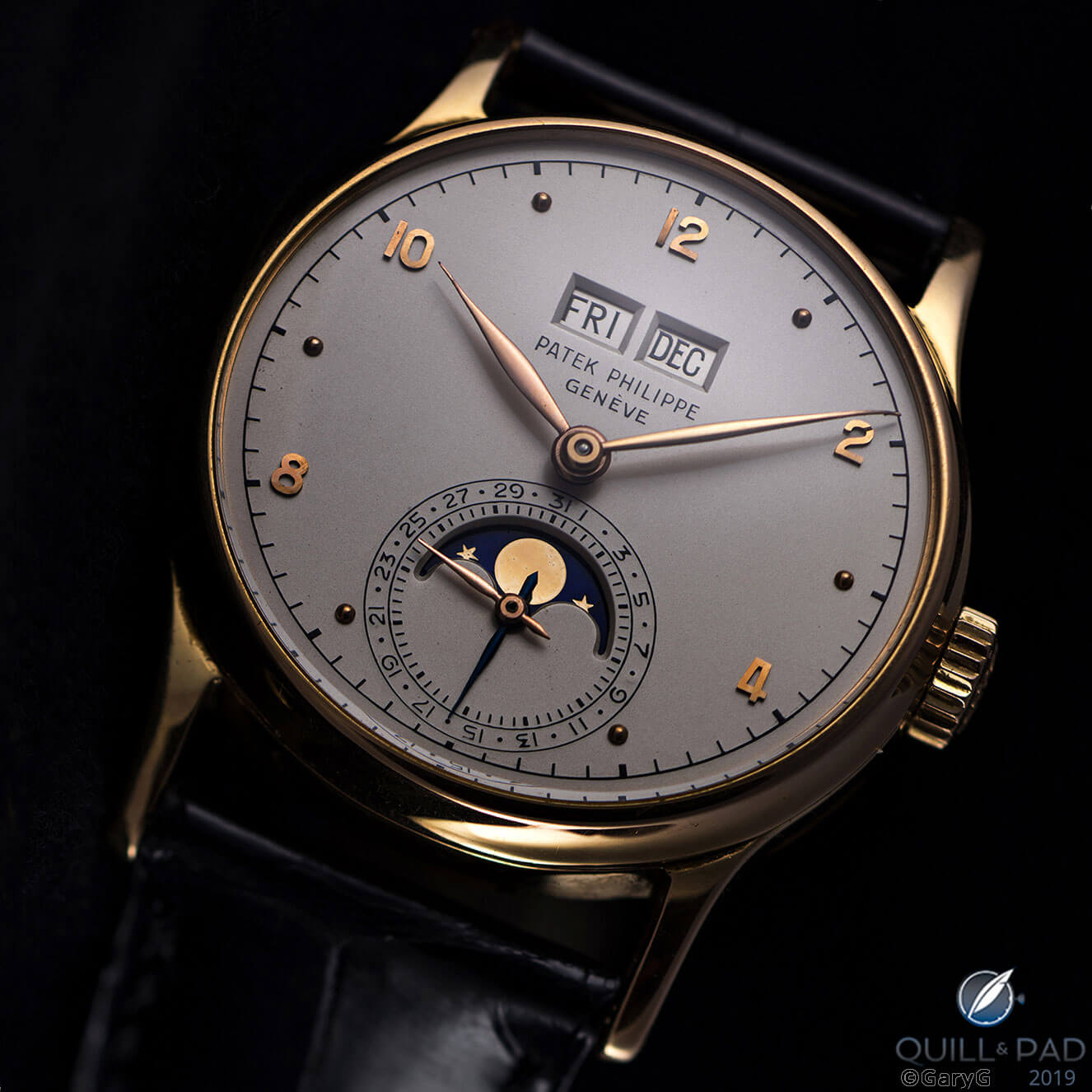
Classic vintage: the author’s Patek Philippe Reference 1526 perpetual calendar in pink gold
Looking to the past
Last December I had the opportunity to attend several of the panel discussions at Hodinkee’s tenth-anniversary event, which included sessions on both modern and vintage watches, an example of the latter being and a particularly intriguing session with design chiefs Guido Terreni of Bulgari, Christian Selmoni of Vacheron Constantin, and Christian Knoop of IWC.
During the latter discussion, moderator Stephen Pulvirent asked about the “trend” of re-issuing updated versions of brands’ vintage watches and what it might signify.
Selmoni suggested that he senses a “nostalgia for the analogue world,” which I found reasonable. But I thought that Knoop really hit the nail on the head when he suggested that, “The western world was looking at the future as a better place to be until a certain point in the past century.”
To the extent that the future is seen as the place to be, it makes perfect sense that the center of gravity for the design of everything from cars to furniture to airplanes and locomotives to watches is futuristic. When the present and future are seen as threatening, complex, and perhaps ultimately apocalyptic, I don’t think that it really shouldn’t surprise us that an emerging generation is eager both to idealize the past and seek to acquire objects from earlier times.
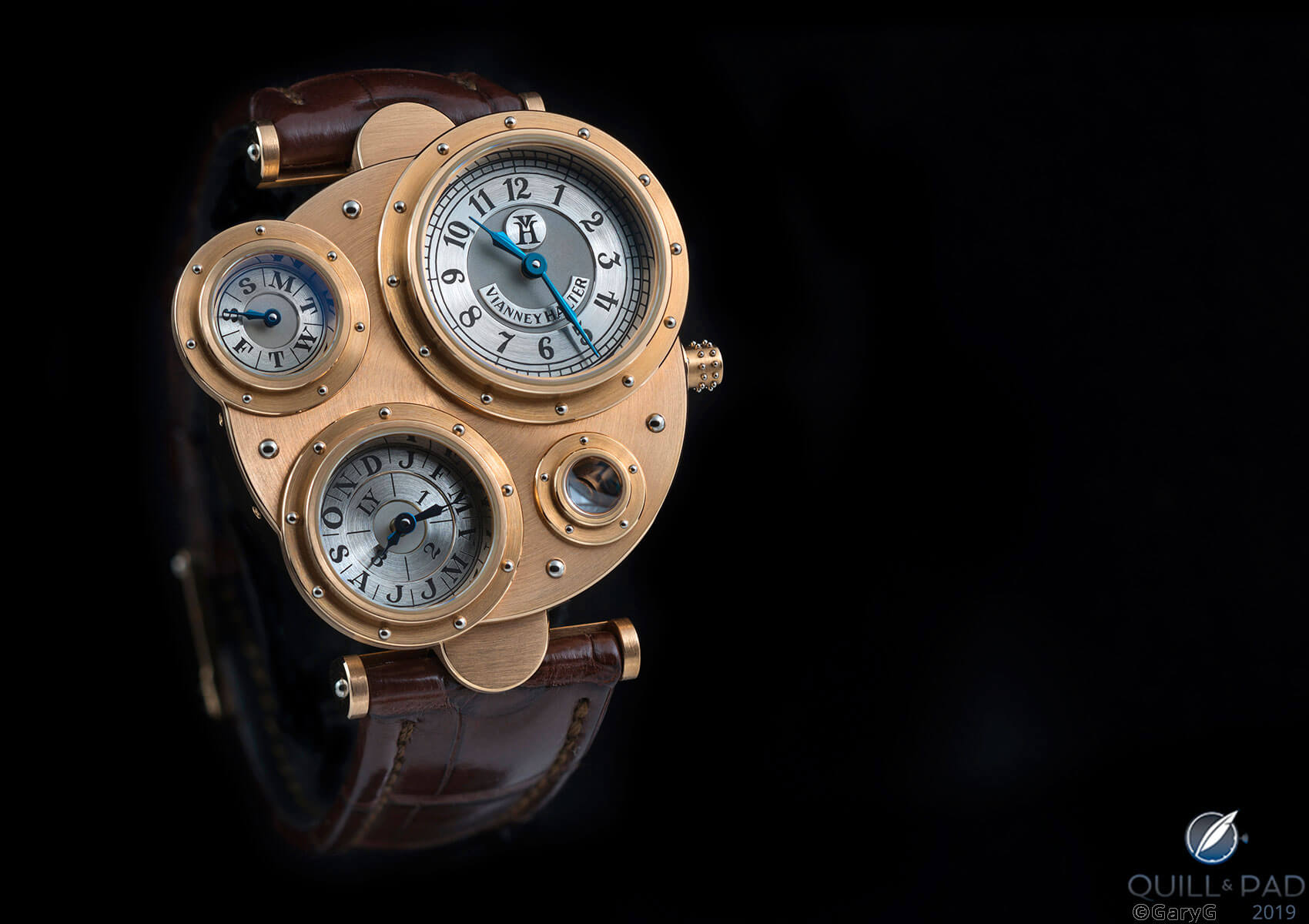
The future as seen from the past, made today: Vianney Halter Antiqua
Isn’t it good to value past achievements?
We’ve all heard enough times that a well-made watch is created to last for generations. And since generations pass, it is inevitable that watches made years ago do, and should, make their way back into the marketplace and into the collections of enthusiasts.
As regular readers know, I’ve bought for my own collection a few vintage pieces that I feel are particularly notable as well as a “fun” vintage piece or two whose look I enjoy and whose value doesn’t preclude routine daily wear – such as my Vacheron & Constantin Reference 4560 triple calendar.
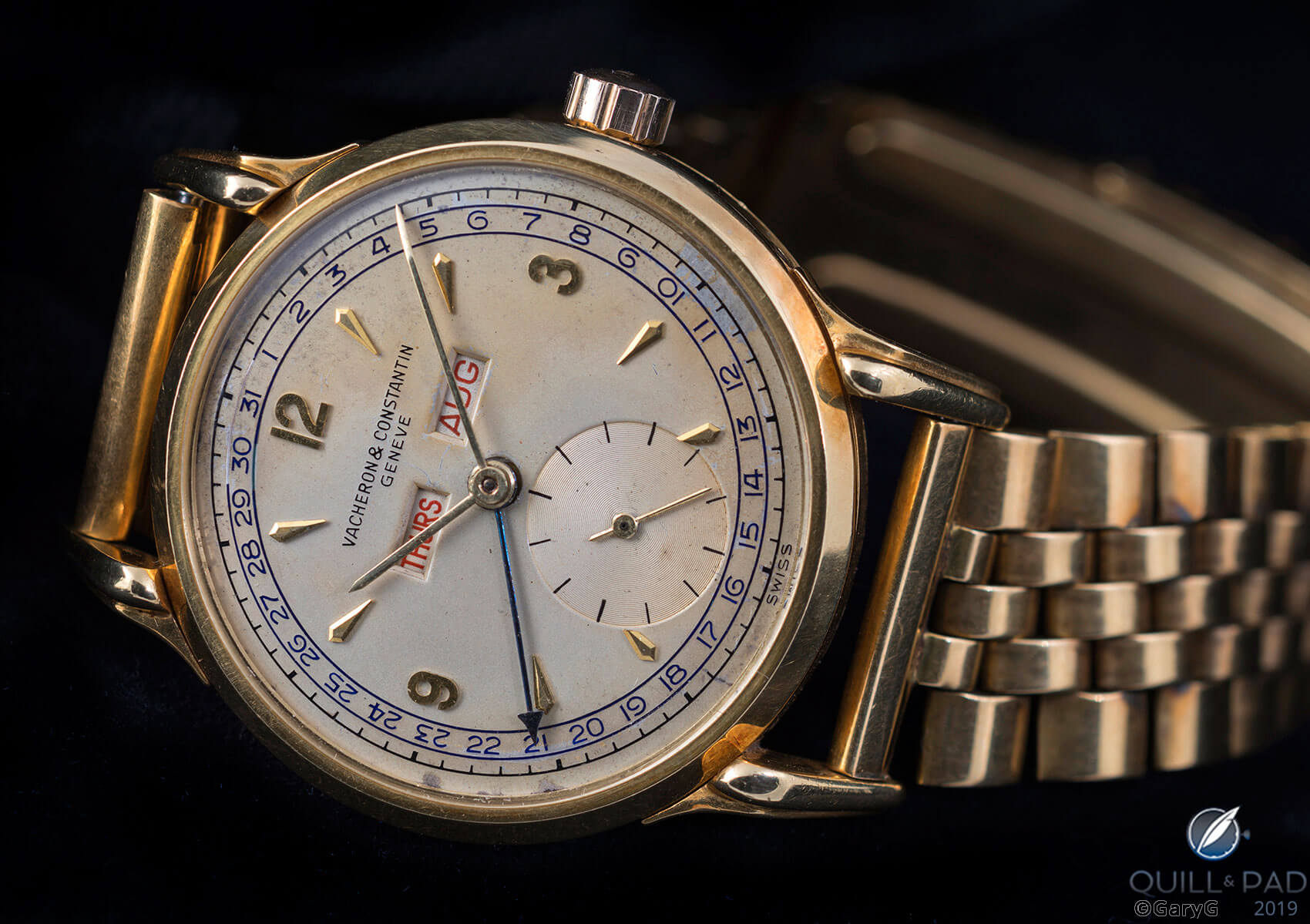
Wearable vintage: Vacheron & Constantin Reference 4560 made in the 1950s
At the extreme, I can’t begrudge collectors who have deep interest in watches or makers from a particular era and major on them in their buying any more than I would send a nasty letter to a collector of Etruscan vases from the seventh century B.C.E. for overlooking the work of today’s Native American potters.
Where I get off the boat:
- When a herd mentality emerges, in which a small subset of “cool” pieces is designated as must-haves by online sources, auction houses, dealers, or collectors who just happen to own them, and the swarm to buy them begins.
- When we are at risk that a substantial portion of the next generation of those with the interest and the means to support to a healthy, ongoing watch industry will largely or entirely exclude the work of living watchmakers from their collections.
- When the concept of patronage of watchmaking by collectors is replaced by the practice of collector-investors swapping money among themselves for a set of vintage pieces that they treat as an asset class.
I’ll come back to the topic of watches as an investment (or not) in a later article, and part of that will be a discussion of the perceived investment value of not only a select set of vintage watches but also modern pieces such as steel Rolex sport watches. But for now let’s focus on the risk of wounding or killing the watchmaking art by enthusiasts failing to allocate resources to sustaining it.
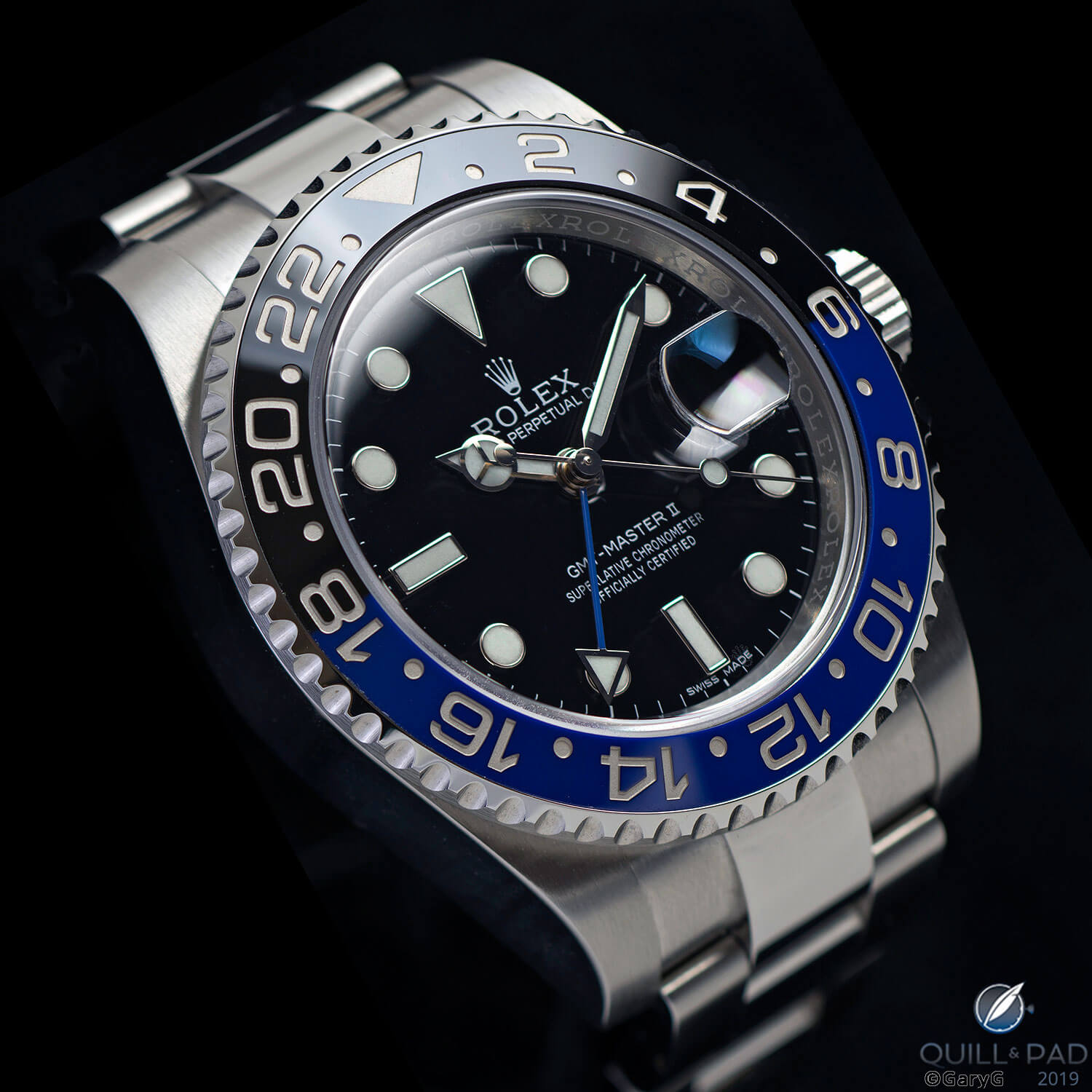
We’ll come back to this: are watches like the Rolex GMT Master II ‘Batman’ investments?
I’ve long held to my pal Terry’s portfolio view of collecting: that a certain portion of one’s watch spending should go to fun pieces, another to foundational pieces, and the third portion to patronage. And I periodically evaluate my collection to make sure I’m comfortable with the balance across these categories.
Others are under no obligation to act accordingly, but if we get into a situation in which a larger and larger proportion of buyers are focusing solely on what they believe to be “foundational” pieces because popular opinion tells them so, and within that they are devoted to a subset of watches made decades ago, there’s a real risk that the already-tenuous hold that today’s innovative watchmakers have on survival may slip away entirely.
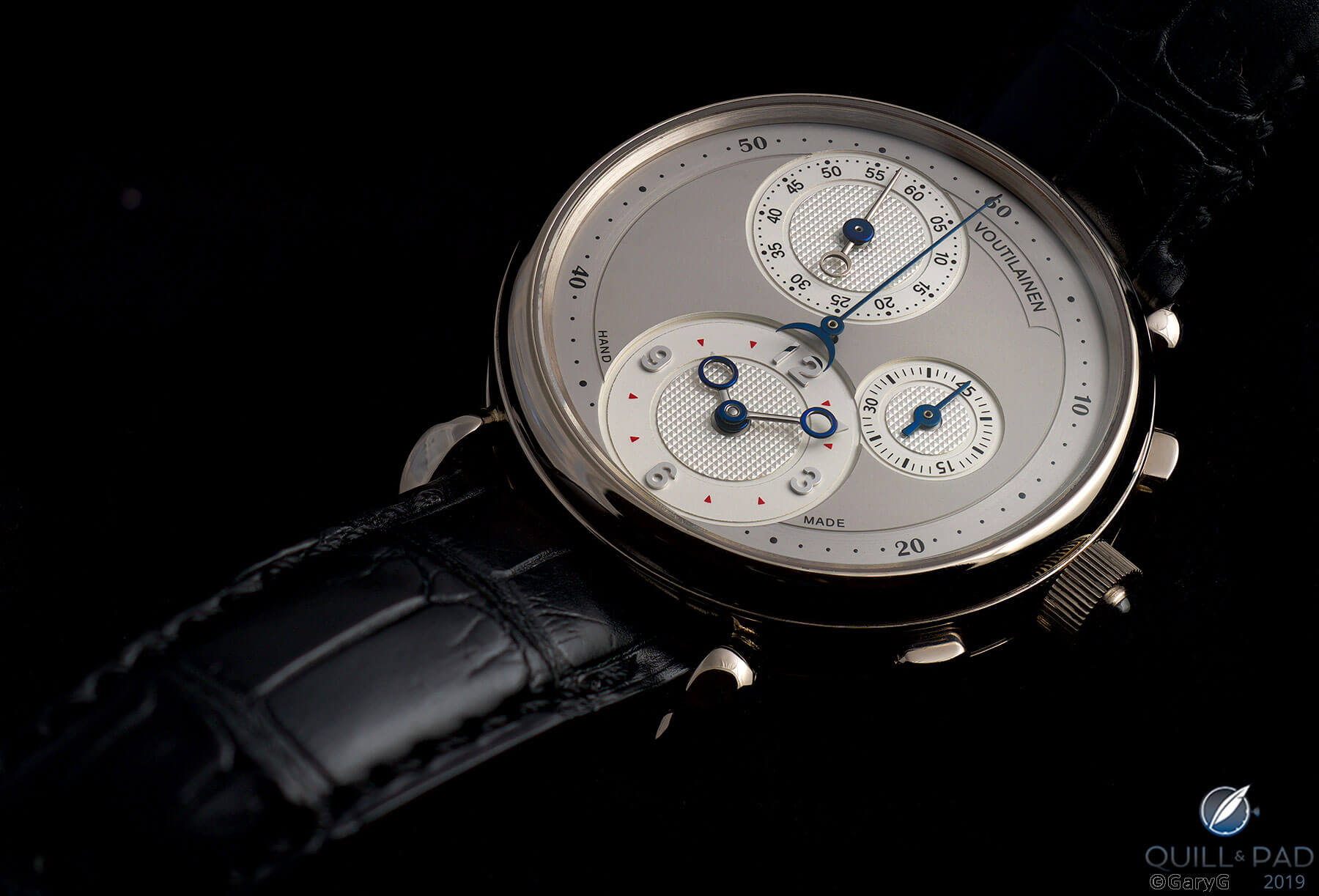
Modern classic: Kari Voutilainen first-edition Masterpiece Chronograph
Do I believe that you can be a collector of a living art form without also to some extent being a patron of that art? I do not.
Do today’s makers bear any responsibility?
While we can’t really blame today’s manufacturers for going back into their vaults, pulling out appealing designs from their patrimonies, and re-issuing slightly modernized versions, it is also incumbent on existing brands to paint a vision of the future of watchmaking that is exciting, engaging, and truly new.
As Bulgari’s Terreni said at the Hodinkee session I attended, “A white piece of paper is a beautiful thing to attack!”
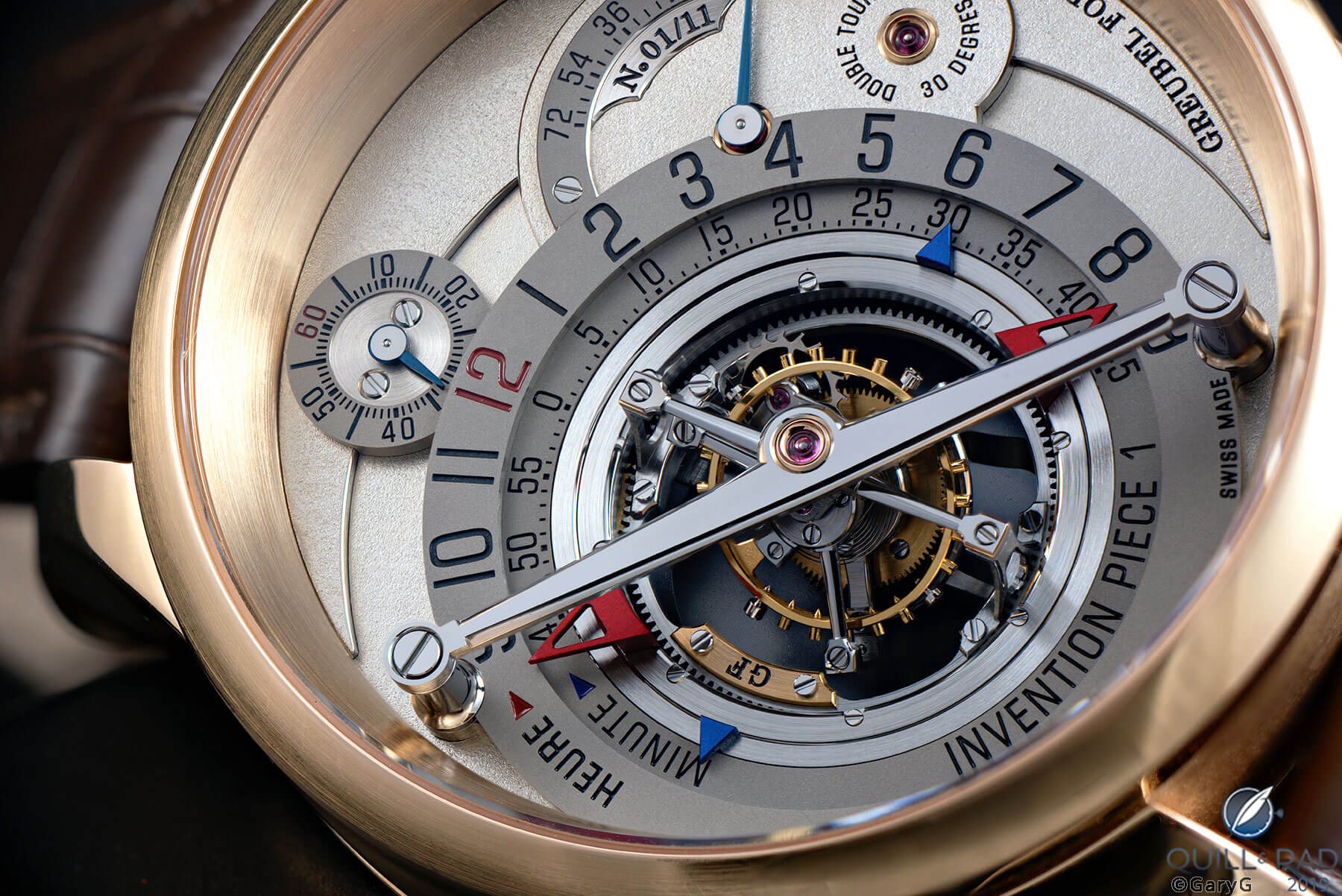
Mastering the blank sheet: Invention Piece 1 from Greubel Forsey
Among the many reasons that I am so devoted to independent watchmakers is that they meld the past and the future in an almost magical way.
Legends like Dufour ensure that the handcrafts of traditional watchmaking endure; the Voutilainens and Halters of the watch world do the same while developing fascinating variations on timekeeping themes; creators like Rexhepi, Gauthier, Greubel Forsey, and the Grönefelds mix deep respect for classical methods with innovative forms and techniques.
And at the extreme, Büsser and his Friends and the Urwerk team, among others, attack that figurative piece of white paper with gusto and success.
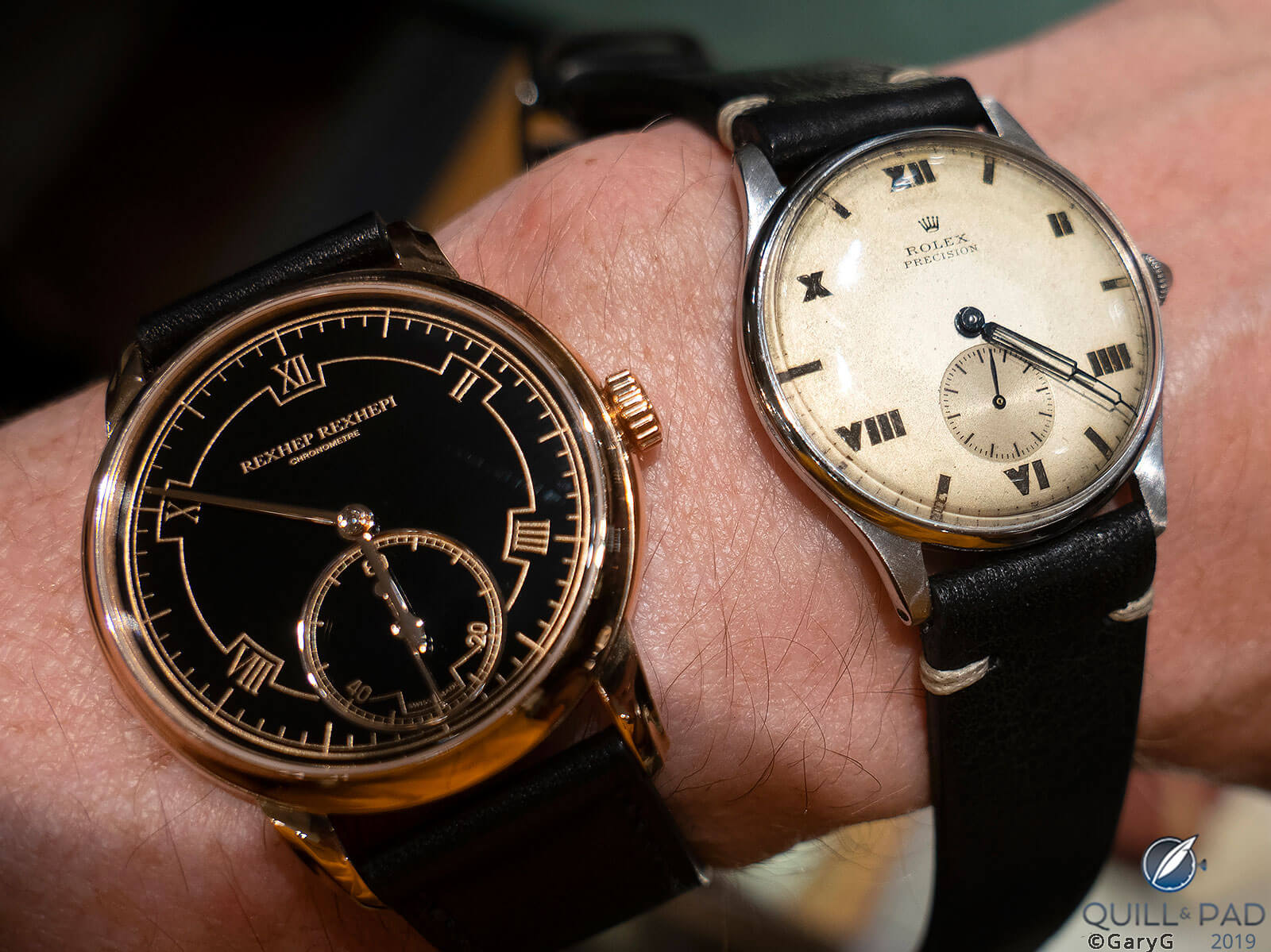
Past and future side by side: Rexhep Rexhepi Chronomètre Contemporain by Akrivia and 1930s vintage Rolex
Along with the finest efforts from major brands who seek to bring the best of the past into the future, it is these independent makers, in my view, who are creating tomorrow’s collectible watches today. And their work fully merits the attention of all generations of watch enthusiasts.
Is the new generation of vintage collectors killing watchmaking?
Having pondered it for a good while, my conclusion is: not yet.
Among other things, I’m heartened that many of my friends who are prominent dealers or auctioneers of vintage timepieces are also avid and publicly visible collectors and promoters of independent watches.
It’s also great to see houses like Phillips devote portions of their auction catalogs to modern independents as well as the emergence of specialized dealers like A Collected Man which are creating active and liquid markets for the best independent pieces.
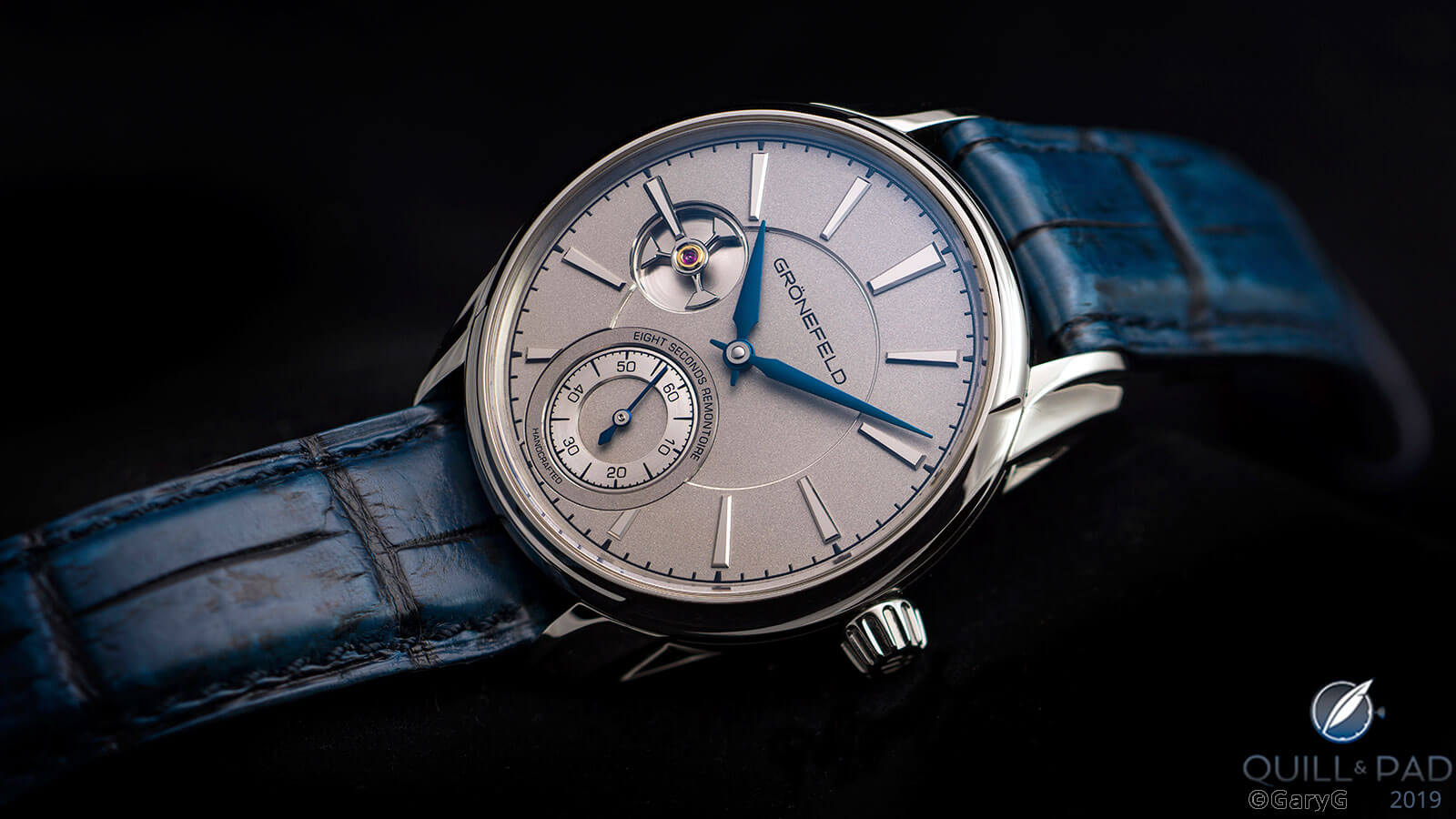
Making a market: new outlets like A Collected Man focus on brands including Grönefeld
While I remain concerned about the 20- and 30-somethings I meet who seem to have tunnel vision limited to a select set of vintage brands, I am encouraged that these new members of our community are building a real enthusiasm for timepieces. And I hope that as their tastes evolve their interests will broaden to include an interest in the pieces being made today that will become tomorrow’s landmarks.
When reverence for the accomplishments of the past and a healthy willingness to learn from past failures goes away, we are all poorer.
But when the past becomes more important than the future, both the promise of the path ahead and the living legacy of the past can be lost.
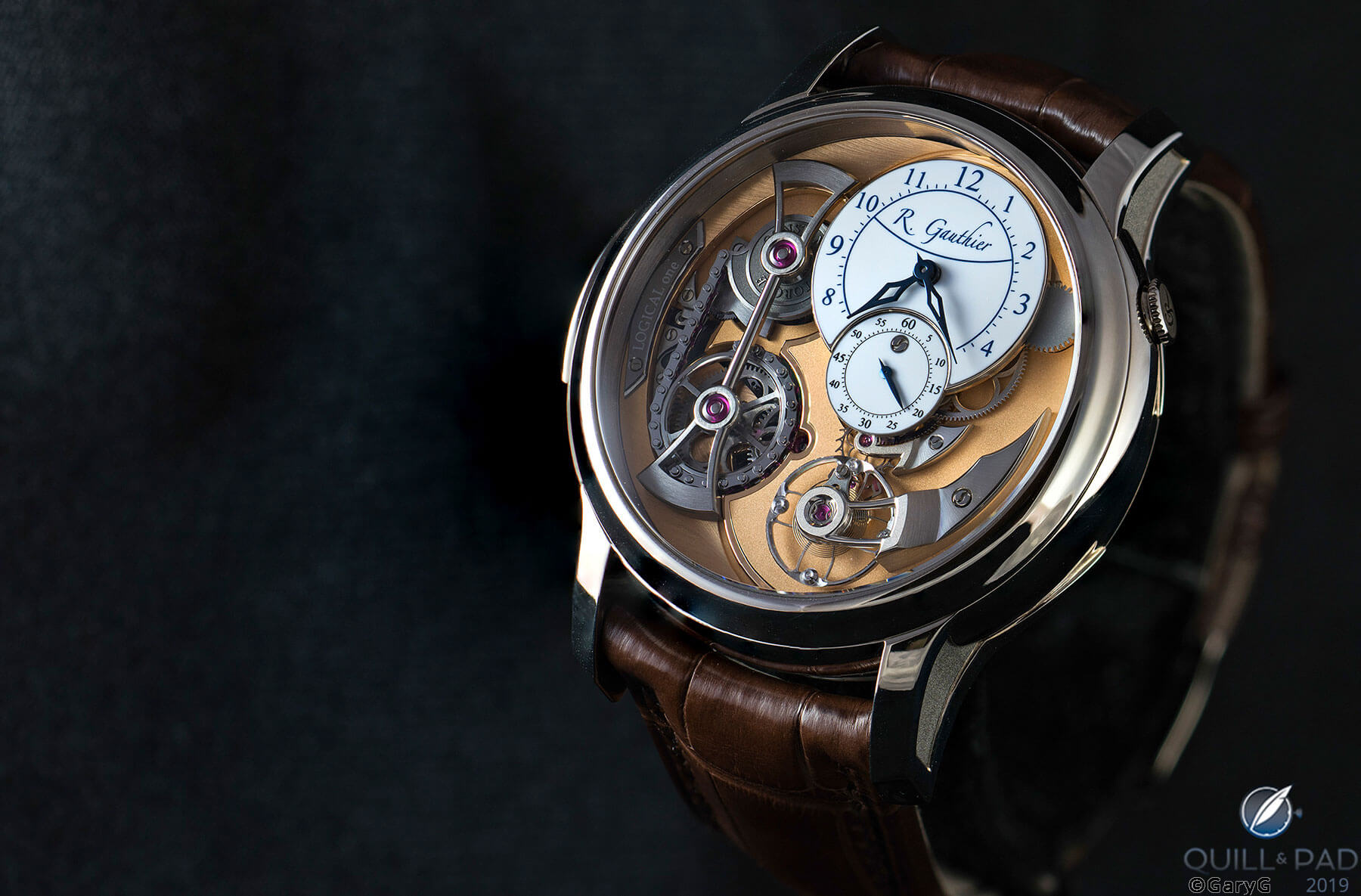
Parting shot: Logical One by Romain Gauthier
* This article was first published on September 12, 2019 at Are Today’s Vintage Watch Buyers Killing Watchmaking?
You may also enjoy:
What Makes A Daily Wearer Wristwatch?
Why I Bought It: Vacheron & Constantin Reference 4560 Triple Calendar
Why I Bought It: Patek Philippe Reference 3940P-027 Vintage Collection
Leave a Reply
Want to join the discussion?Feel free to contribute!








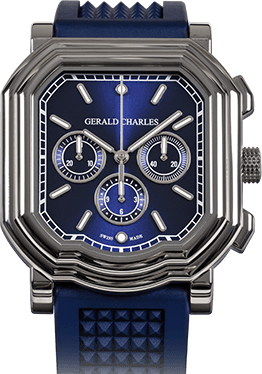
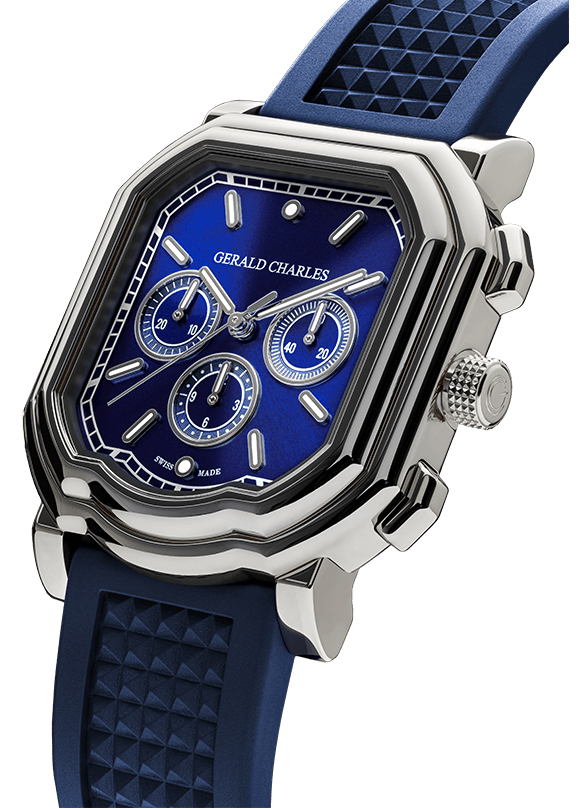

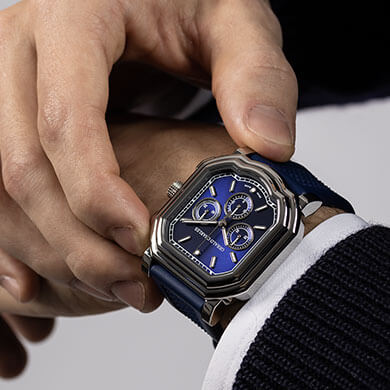
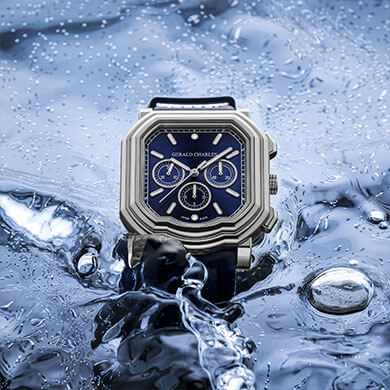

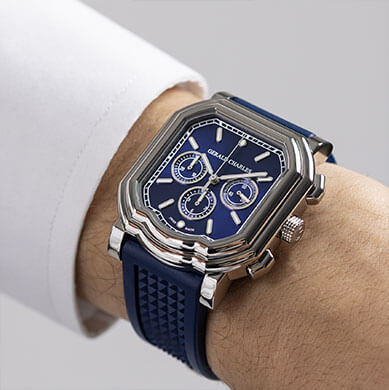



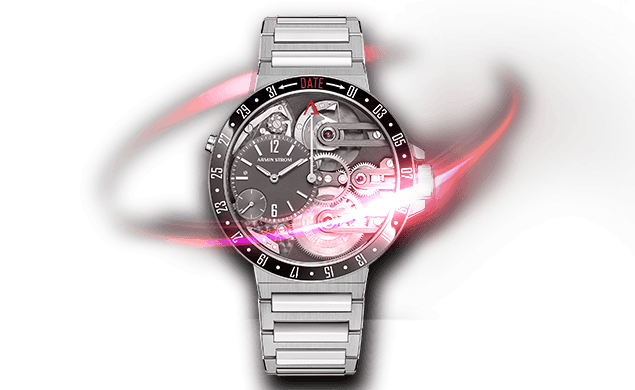
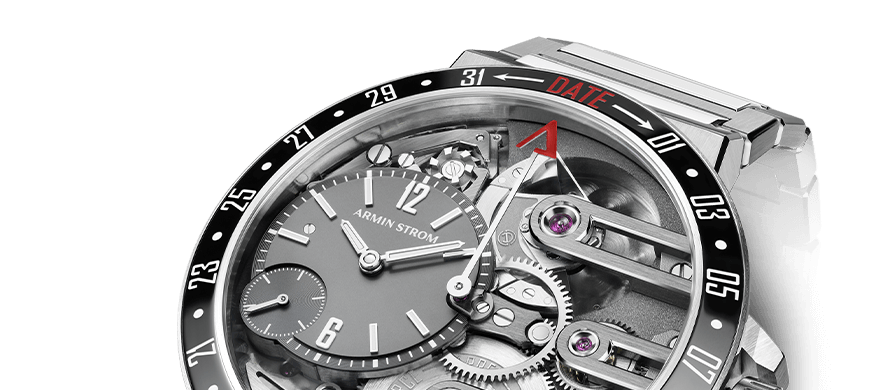
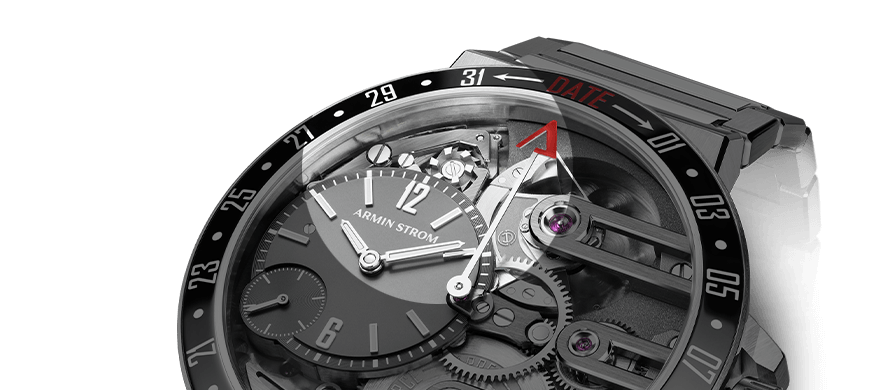


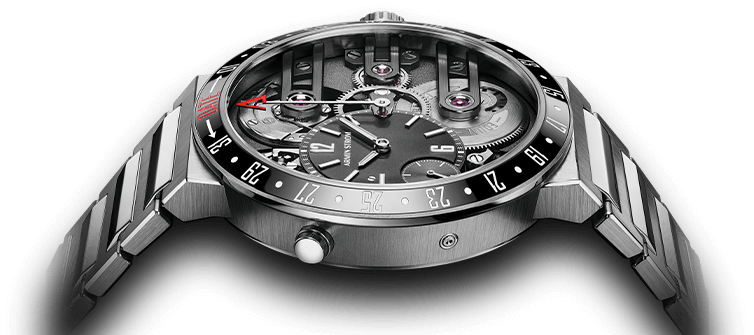
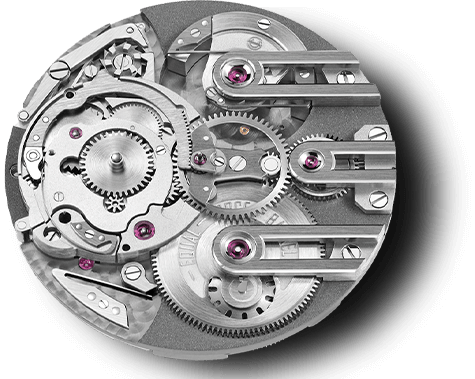

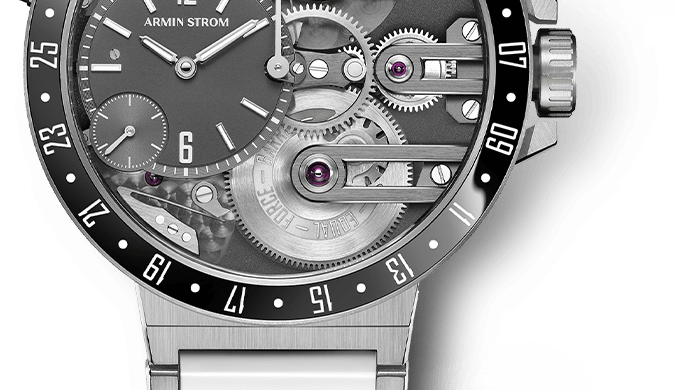
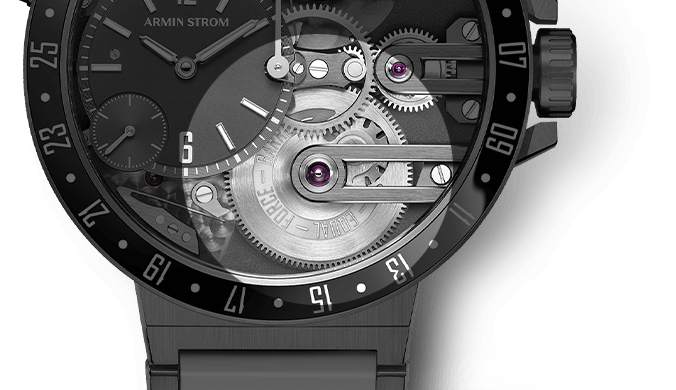




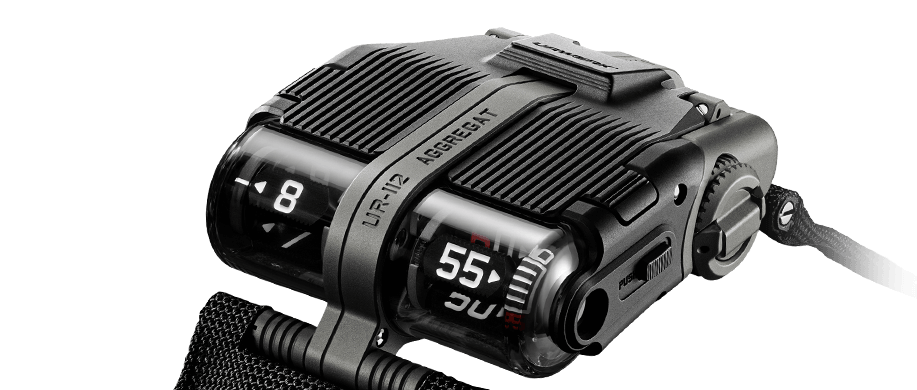
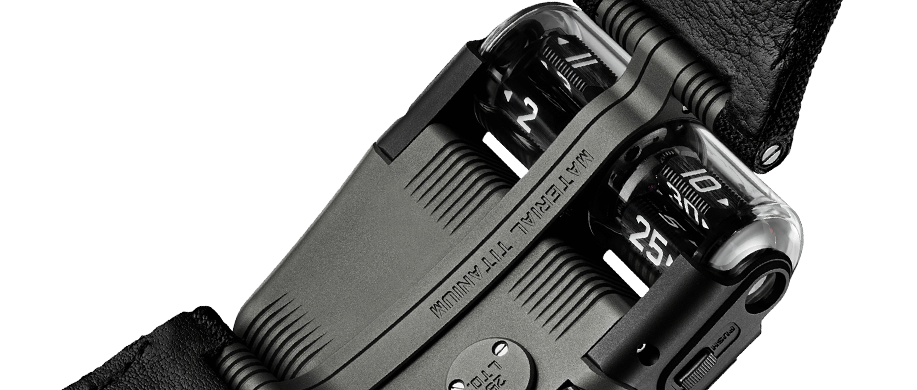
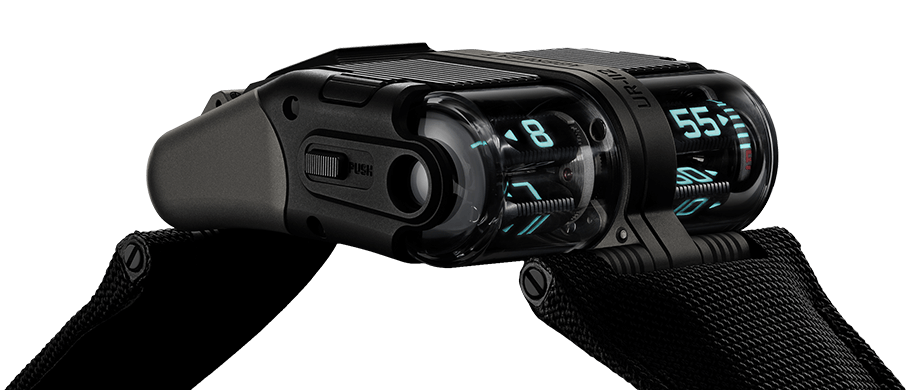


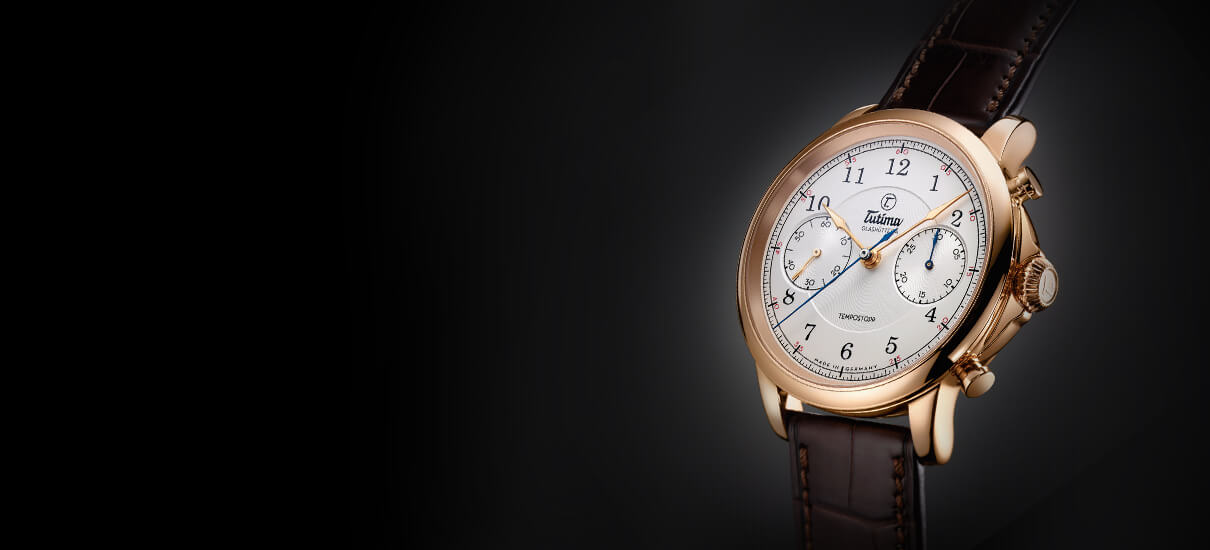

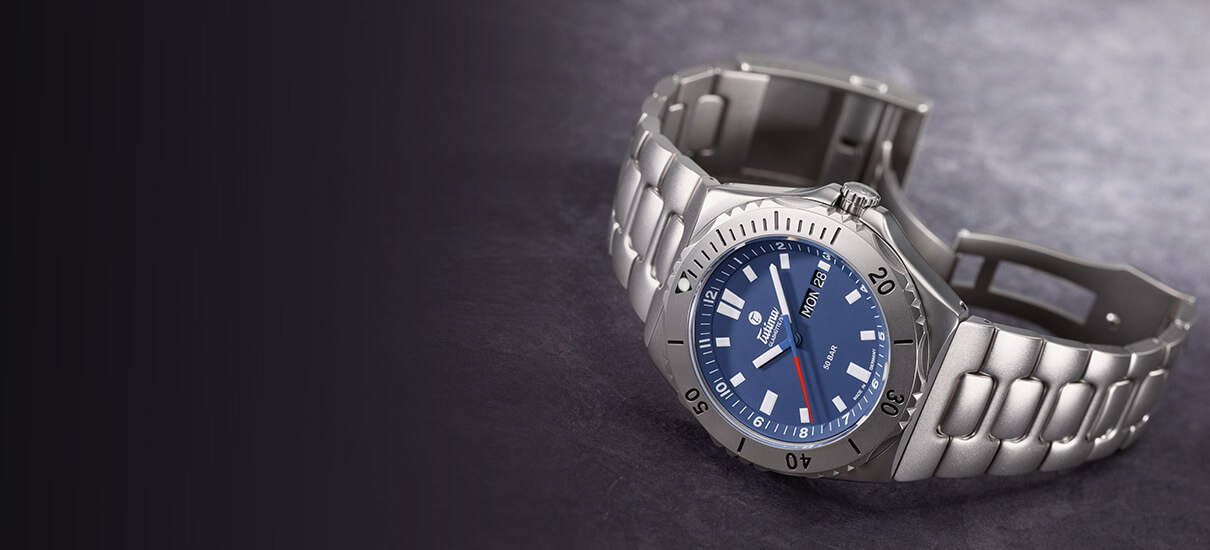

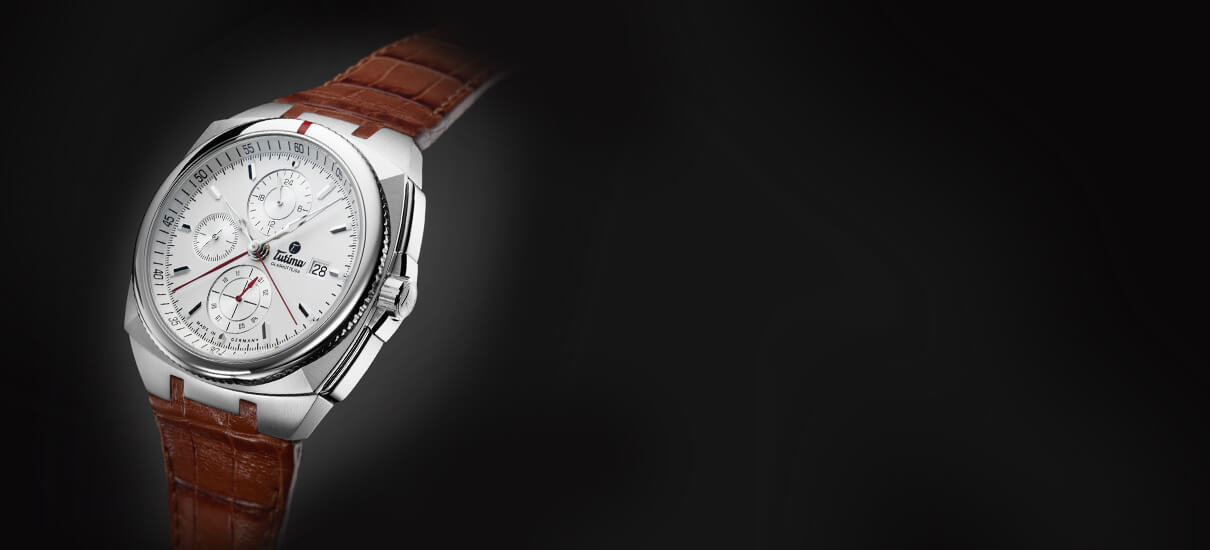

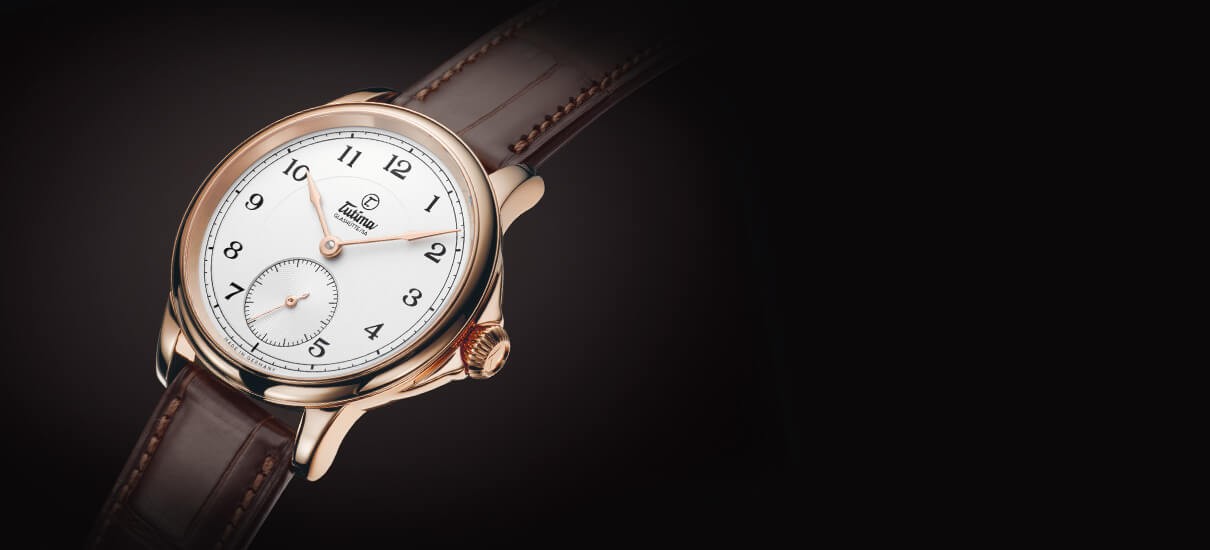

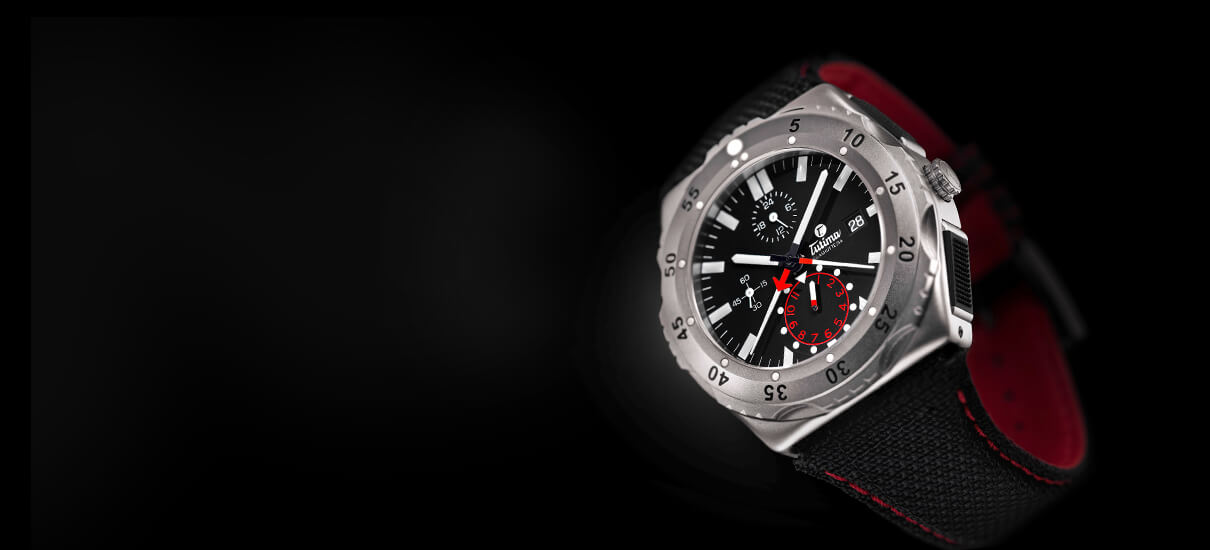

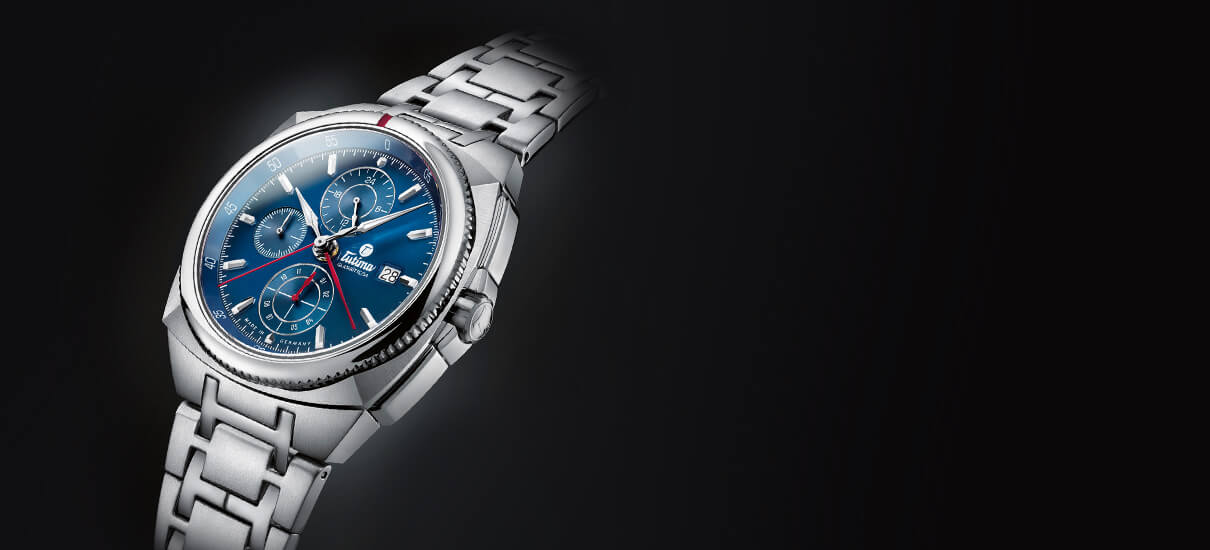

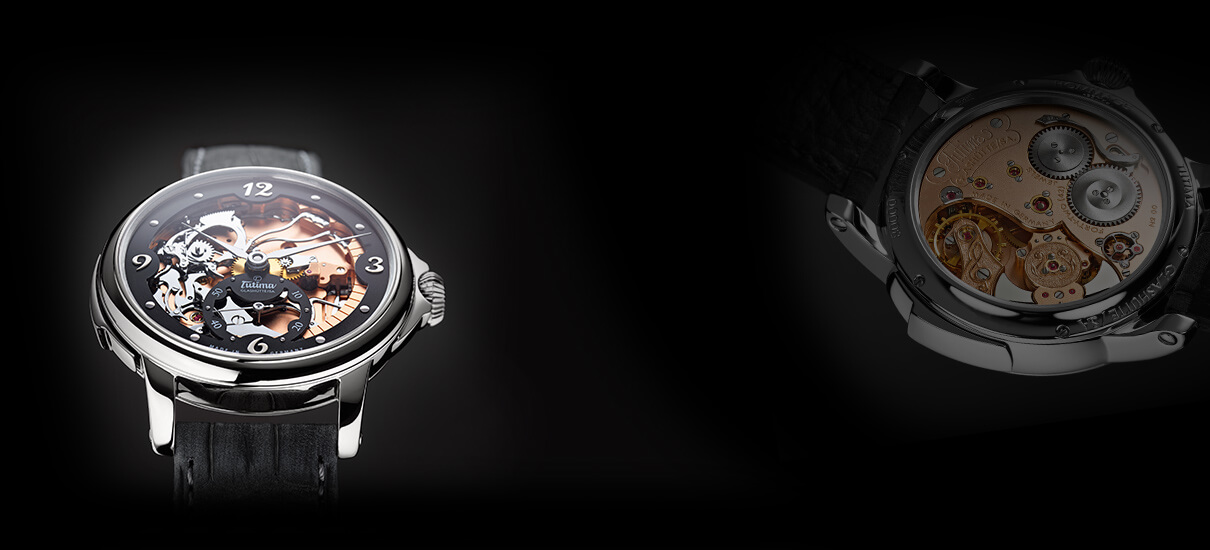



Hi Gary, I think it can be a positive if it encourages or actually forces brands (we know who we are talking about) who have been lazy in fitting and finishing their ‘lower’ tier pieces to meet demand, to raise their game.
Great point — how many times have we seen someone look at a vintage piece from one of the top makers and then say “ah…that was when XX was XX!” A few well-finished interior angles on more modest modern pieces from top brands would not go amiss, eh?
Best, Gary
I have to admit as a baby boomer I am totally drawn to the vintage watch world exclusively. I love learning about the newer watches and small independants but as for wrist time I only wear vintage. Great article with great insight and genuine concerns for the future.
Thanks for chiming in, John — those vintage pieces do have great merit, and both makers and collectors need to find the path to keeping this living art alive!
Best, Gary
Bonjour,
As I begin this rainy gray day here in Paris resetting watches for daylight savings time (important more than ever to be on time while living with “couvre-feu” restrictions), it seemed only natural to clock in with QUILL & PAD. So glad I did.
Gary, thank you for such an important, insightful and very well written article.
I keep my slightly older (oh la la!) High School era Wakmann Datalarm right in the mix with the more recent ones. I like them old and new and they truly are a pleasure to have and to wear.
John H.
Greetings, John! Thanks for your kind comments and for sharing your wearing habits — great to hear that you are both honoring the past and supporting the future of the watchmaking arts.
All the best, Gary
Dear Gary Getz, thank you for the re-submission of an excellent discussion opener. It is a good rainy-sunday brain-energizer.
What might have brought up the vintage passion? There are so many new watches, young independent and talented constructors, engineers, and craftsperson. We should better buy more of their work? Really? Yes, no, perhaps.
Thought 1: So many new watches are copies or heritage interpretations of the past. So – why not buying the good old original?
Thought 2: So many old models are way cheaper than the heritage copies. So – why not …?
Thought 3: So many vintage and classic pieces are still working properly. The high precision and quality of traditional watchmaking speaks for itsself. Their heart and soul is still alive after years and decades So – why …?
Thought 4: So many opionion leaders in the internet reflect that it is the coolest and hottest way of living if you can impress your lifestyle environment with a vintage Speedtonaunitimecalatravaoaktilus…etc…etc. If you are a swag metropolitan – you would wear a vintage. So – why …?
Thought 5: The younger generation is educated in a way that they should respect the limitation of ‘our’ ressources. Buy pre-owned, save ressources. So – why …?
Why buying new creations … because of creating something new is a value in itsself. New thoughts lead to new creativity (if it is really new and not a clever re-edition marketing gag). We need to know more about new ideas, products, inventions, and the schools that teach this (e.g. HEAD Geneve) and the creators who build this (e.g. Kudoke, Sarpaneva, Ressence, and so many many more). Please post even more of this, more and more, again and again, in full detail. The automotive industry shows how to establish new products again and again. Is their marketing and brand-communication simply ‘better’?
The vintage watch market has sadly converted the watchpassion into the mechanisms of the art-market (high prices, lots of fakes, casino gambling investments, snobism). Just for the argument I over-exaggerate.
Final question: Why did you use the drastic expression of “killing watchmaking”?
Thank you for the brain-shaker, greetings, bye und gesund bleiben, Thomas
Hello Thomas, and thanks for your (as always) insightful and thought-provoking remarks!
Perhaps just a few words in response from me:
I completely agree that the recent trend toward vintage re-editions raises questions; I myself recently bought a vintage Type 20 chronograph rather than going for one of the current or soon-forthcoming re-creations, so I am a tangible example of your point. It’s also true that many of the older pieces display a quality of watchmaking that is not matched by many modern watches — it seems that many of the brands have work to do in order to compete with the ghosts of the past.
It’s a much longer discussion, but the fashion for items from times past does seem to express a longing for simpler times rather than an excitement for the future, one reason “why” I encourage those young metropolitans to look at modern works, especially the more creative ones from makers such as those you mention. I am sure that here at Quill & Pad we will continue to feature more and more of those!
Your suggestion to focus on proper innovation and schools such as HEAD is one that I like quite a bit; as you may know I am the owner of the HEAD-Agenhor collaboration from Only Watch 2017, and one of the best parts of that purchase was receiving a book that described all of the entered ideas in the design contest and included a signed photo of all of the students and mentors.
I used the term “killing watchmaking” because the world of the independent watchmaker is so tenuous that I think it is a genuine concern that diverting much of the “new money” coming into serious collecting into objects from the past could in fact seriously damage the extension of watchmaking heritage. I certainly hope not, however, and the emergence of young stars including Rexhepi, Petermann, Bedat, Kudoke, and others does give me hope.
Thanks again for a thought provoking message!
Best, Gary
Yes, superfullyabsolutely agree, dear Gary. The role and contribution of watchmaking newcomers is to create something NEW. Imagine A. Breguet, U. Jürgensen or A. Lange had copied the classic watchmaking of their past and ancestors. We would all miss their fascinating creations now.
Thomas
This is a pure capitalist market. If a buyer wants new he gets new. If he wants vintage he gets vintage. The question is how much responsibility can be placed on the manufacturer for not selling a new watch? I think it depends on the company. Rolex, the dominant maker of high-cost sports watches, have intentionally limited their shipments. This drives the used Rolex market and most Rolex AD’s now sell used as well as new.
One can argue that if used watches hold or gain value it permits new watches to sell for higher prices. Depending on the company this appears to be true. However it is the market that determines what a willing buyer and a willing seller will agree upon. Thus, if a new watch seems fairly priced and has a lengthy warranty it is a better choice than a used watch of dubious history. If manufacturers offer a wonderful warranty service then, like fine cars, the warranty and service will drive sales. The warranty is the lightening rod available to any company that seeks to improve new watch sales. Alas, few have gone this route so far.
Great points, Harry — I think that much of the burden falls on manufactures to ensure that their products remain relevant, and as you say there are certain advantages including warranty coverage and assured authenticity that are associated with newly made pieces.
My core point is that in the face of social fashion directing attention so much to longing for an idealized past (and certainly not limited to watches) I want to be one small voice supporting the work of living makers who are creating tomorrow’s classics.
Thanks again for your thoughts!
Best, Gary
Hello Gary,
When the major brand’s best sellers are the copies of their vintage designs; why should I lock my money in a modern version that might not necessarily hold it’s value? I can buy the original model with potential monetary reward i.e. case in point, several Rolex and Omega models.
Now off to more vintage watch hunting!
I absolutely see your point. Happy hunting!
Best, Gary